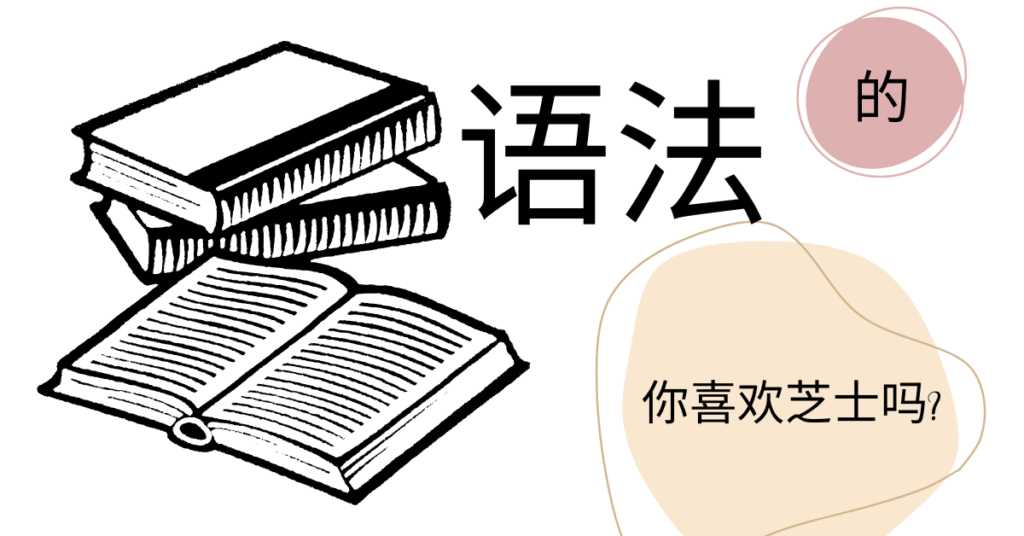
1. Subject + Verb + Object (SVO):
In Chinese, the basic sentence structure follows the pattern of subject + verb + object.
Example: 我喜欢吃水果。 (Wǒ xǐhuān chī shuǐguǒ.) – I like to eat fruits.
2. Adjective + 的 (Adjective + de):
To modify a noun with an adjective, you can use the structure adjective + 的.
Example: 美丽的花朵 (Měilì de huāduǒ) – Beautiful flowers.
3. Time + Verb (Time + Verb):
To express actions in relation to time, you can use the structure time + verb.
Example: 昨天我看了电影。 (Zuótiān wǒ kàn le diànyǐng.) – Yesterday, I watched a movie.
4. Verb + 了 (Verb + le):
The particle 了 indicates completion or a change in state of an action.
Example: 我吃饭了。 (Wǒ chīfàn le.) – I have eaten.
5. Verb + Object (VO):
In Chinese, it’s common to omit the subject if it’s clear from the context, so you can have a sentence with just verb + object.
Example: 我喝咖啡。 (Wǒ hē kāfēi.) – I drink coffee.
6. Question Word + Verb (Question Word + Verb):
To ask a yes/no question, you can use the structure question word + verb.
Example: 你去了吗? (Nǐ qù le ma?) – Did you go?
7. Verb + Adverb (Verb + Adverb):
To modify a verb with an adverb, you can place the adverb after the verb.
Example: 他快乐地唱歌。 (Tā kuàilè de chànggē.) – He sings happily.
Exercise
- Come up with your own sentences using this grammar principle.